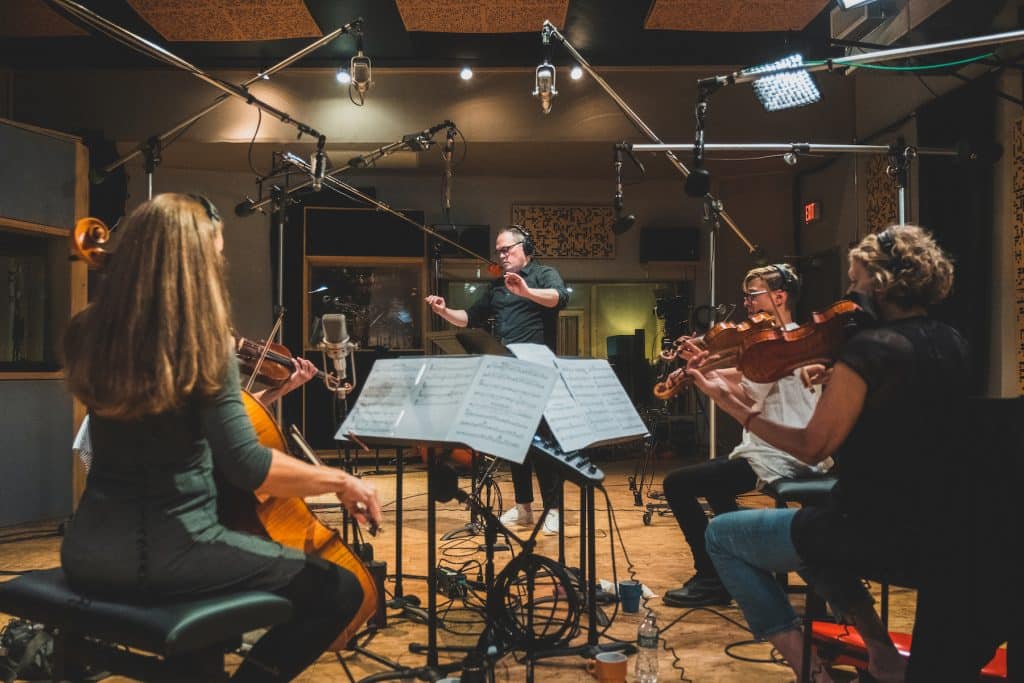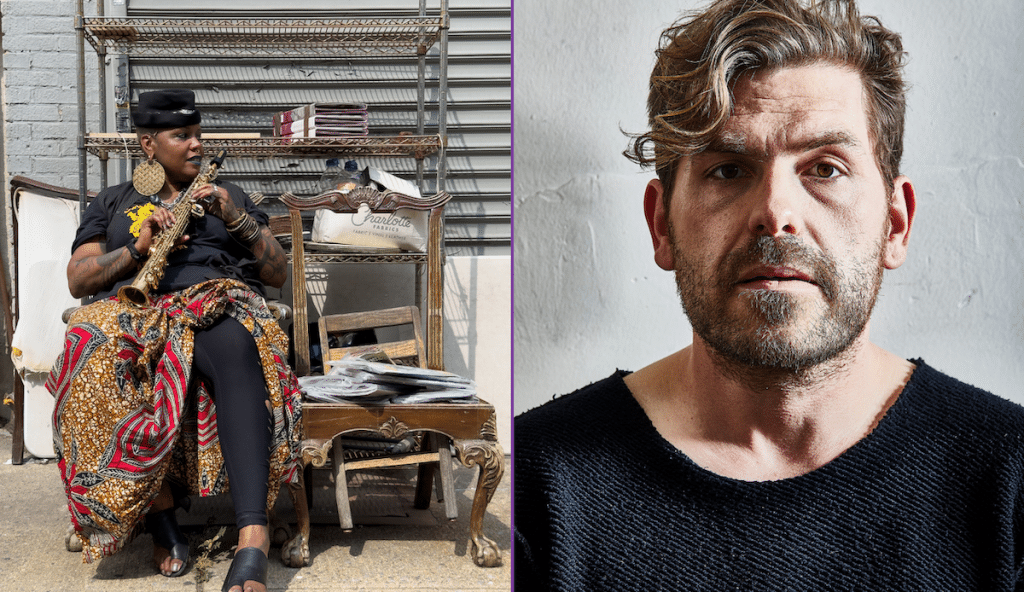Just for Us
Tomeka Reid thinks every jazz ensemble should have strings. Her annual Chicago Jazz String Summit shows why.
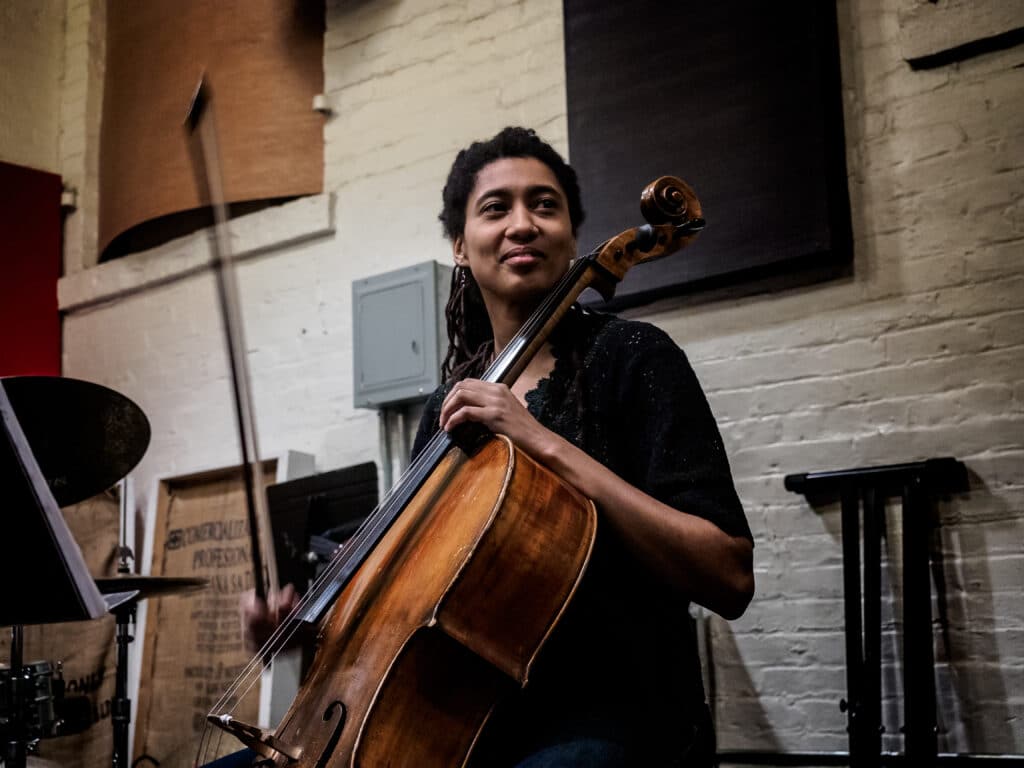
Surveying the topography of Chicago jazz ten years ago, cellist Tomeka Reid spotted a glaring absence amongst the city’s towering glories. “There was a trumpet summit,” she recalls, “and a drum summit. And a vocal summit. And I was like, ‘We need a summit for string players!’”
When it comes to jazz, Reid observes, “You don’t always think about violas, or cellos or violins. But strings do have a role in this music. We’ve been a part of it since the beginning.”
Reid is right on the history. Some of the earliest New Orleans jazz ensembles included violins, while the swing era abounded in beguiling fiddlers, from Eddie South, Stuff Smith, and Ray Nance in America, to Stéphane Grappelli, Michel Warlop, and Svend Asmussen in Europe. The bebop years saw the rise of what Reid calls the “bass cello players,” including Oscar Pettiford, Sam Jones, Doug Watkins—bass players who plucked on a cello tuned in fourths. In that same period, the West Coast multi-instrumentalist and composer Fred Katz pioneered jazz with a bowed cello. Asmussen made the switch from violin to viola for a collaboration with Smith and Grappelli on Duke Ellington’s Jazz Violin Session of 1963. And in the ’70s and ’80s, improvising string quartets such as cellist-composer Akua Dixon’s Quartette Indigo and the Turtle Island and Uptown Quartets appeared. Today, every sub-genre of jazz and related improvisational styles is fertile terrain for exploration by creative and accomplished string players.
But Reid is also right that—with the obvious exception of the bass and guitar—string playing isn’t often what people think of when they think of jazz. The reasons lie partly in the extraordinary artistry of jazz’s greatest non-string stars, but a dearth of dedicated jazz string events may share some responsibility. A famed Violin Summit in Basel, Switzerland in 1966, uniting Smith, Grappelli, Asmussen, and Jean-Luc Ponty, was followed the next year by a collaboration of Nance, Asmussen and Ponty at the Monterey Jazz Festival. A String Summit in Baden-Baden, Germany in 1980, joining cellist Abdul Wadud with violinists John Blake, Krzesimir Dębski, and Didier Lockwood, was followed in 1986 by a solitary string-focused edition of the Berlin Jazz Festival. These events exemplify the term “few and far between.”
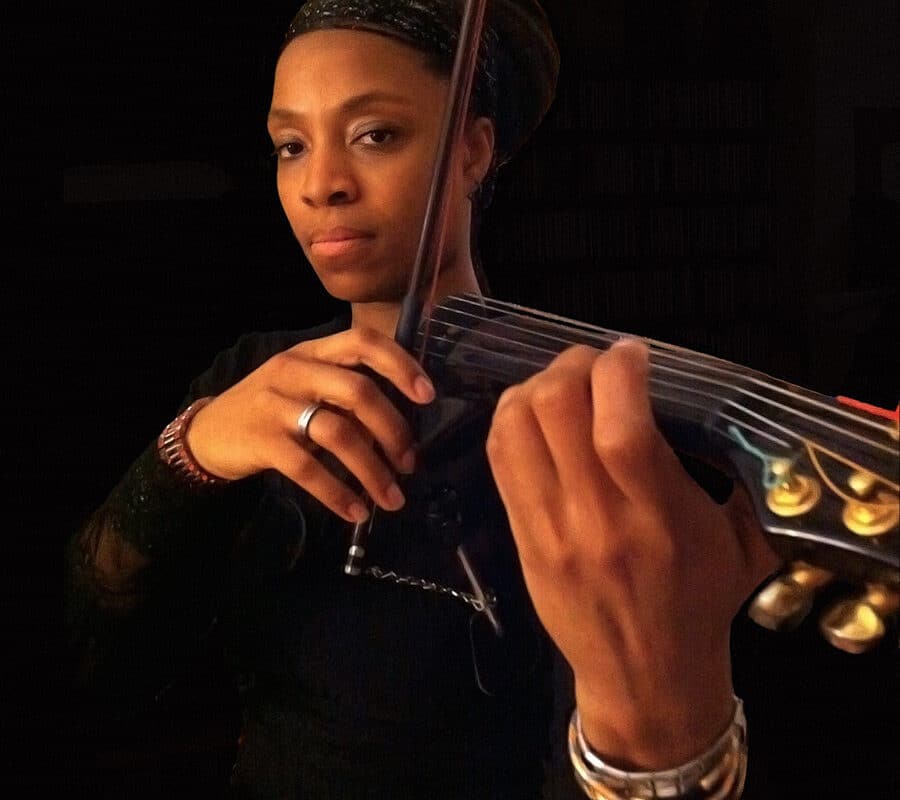
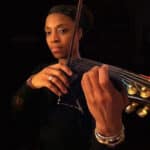


The gap that Reid wanted to fill was undoubtedly real. But, she asked herself, “Could I do this? Was it something I could do?”
The answer—a resounding “yes”—has everything to do with Tomeka Reid’s own biography. Like many jazz string players, Reid had early classical training, and first arrived in Chicago in 2000 to pursue a master’s degree in cello performance at DePaul University. Joining a local orchestra, the Classical Symphony, upon arrival, she had a crucial experience: “I was so excited, because there were five African-Americans there. Of any orchestra I’ve ever played in, that was the most. I was, like, ‘Oh my god, I’m moving to Chicago!’” One of those five musicians was flutist Nicole Mitchell, who beckoned Reid in a direction that soon led her to the Association for the Advancement of Creative Musicians, Chicago’s long-running bastion of musical experimentation.
“It was such an impactful thing to come to Chicago,” Reid reflects, “because I was playing with other African-American musicians, and I felt like I wasn’t the only one. Me and my friends talk about being an ‘awkward Black girl,’ because we’re the only one in these different situations. There, it felt like a safe space where I could be myself.
“There was a level of acceptance that I found in AACM to just try things, find your own voice. I didn’t grow up, for example, in the church. I’ve been made to feel weird in some instances because I don’t have that connection. We listened to a lot of rock music when I was growing up, so sometimes I felt kind of out of place. But there, I found people who were accepting of my experiences.”
Inspired by the playing of Wadud (for the way “he’s using the whole range of the instrument”) and cellist Diedre Murray, along with Stuff Smith (for “his use of double-stops and his phrasing”) and free jazz violinist Billy Bang, Reid blossomed into an eclectic, cutting-edge force on the jazz scene. Her playing is grounded in both AACM-linked values (“I really enjoy playing things that deal more with sonic textures or timbre and not just forms,” she says) and more mainstream traditions. “I do play standards,” she points out. “I try to do all of it, because I enjoy all of it.” In the past ten years, Reid has enjoyed herself on no fewer than thirty albums, playing in a variety of ensembles, including the Tomeka Reid Quartet (with Mary Halvorson, Jason Roebke, and Tomas Fujiwara) and Hear In Now, a violin-cello-bass trio. And in 2013, as part of an artist residency at the University of Chicago, she inaugurated the Chicago Jazz String Summit.
The Summit is typically a three-day affair, presenting nine ensembles. “The premise, Reid explains, “is that it has to be a violinist-, violist-, or cellist-led ensemble. You see these major festivals, and maybe they’ll have one string player, but it’s not like they have many leaders. This is a Summit just for us.” In its content, the Summit is as eclectic as Reid is. She describes the goal as highlighting the whole “spectrum of string improvisation that is out there in the world.” She doesn’t invite ensembles led by the ubiquitous bass and guitar, despite increasing requests from performers. “Oh I wish,” she says of these conversations. “But I want to really feature what I’m calling the orchestral strings.” She does include what she has dubbed “strings of the diaspora,” including, to date, the sitar, ’oud, gayageum, harp, and shamisen.
Reid’s preference is for original compositions. “Not that I’m against standards,” she hastens to add. “But I want to encourage string players: ‘Let’s come up with our own standards!’ Everybody plays a Miles Davis standard, or a Benny Golson standard. What if there was a [cellist] Fred Lonberg-Holm standard, or an Abdul Wadud or Diedre Murray standard?”
One crucial feature, for Reid, is location. When people suggest the Summit could work elsewhere, she responds: “Chicago has been very gracious to me. I really grew up there musically and personally, so it’s my way of giving back.”
Following the first Summit in 2013, Reid had to wait three years to stage a second, owing to her increasingly busy touring schedule. In 2016, she relied on funding from a 3Arts Award she’d been personally granted, along with proceeds from the licensing of one of her compositions. Subsequent Summits—which have continued every year since—have been similarly enabled by personal grants, along with some donations. Tickets for this labor of love are sold for a low $15 per concert, as part of Reid’s effort to bring jazz string music to as broad an audience as possible.



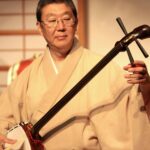
CJSS events, historically taking place in early May at a variety of venues, especially Constellation and the Hungry Brain, have featured an incredible diversity of styles: among violinists, the Latin-tinged experimentalism of James Sanders, the elemental expressivity of Charles Burnham, the fresh traditionalism of Sara Caswell, the electronics of Jonathan Chen; among cellists, the extended techniques of Okkyung Lee, the kitchen-sink freedom of Daniel Levin, the cello-plus-singing of Shana Tucker; and what fellow performer Mazz Swift describes as “Mat Maneri just ripping up his viola.”
Swift, a violinist-singer and repeat CJSS performer who collaborates frequently with Reid, describes the stylistic range as “a whirlwind,” and calls the Summit “really important. The way she strives to be really inclusive, I don’t know that I’ve seen that anywhere else.” Swift notes how well the CJSS works for its performers, and points to Reid’s personal qualities as key: “She’s definitely the hardest-working person I know, hands down. One of the kindest too… And you can tell the difference between players who run festivals and people who don’t play, who love the music and are kind and are trying to do you all the right things, but…it just feels different.”
Each Summit has ended in a jam session, to which Reid invites all group leaders. (She also hopes to add a year-round jam to CJSS activities, ideally including a student group, “to encourage more young string players to improvise,” which would then perform at the Summit.) Along with the jam session comes a video display of seminal jazz string players, and a special tribute to one such figure.
Last year, that figure was Akua Dixon, whose experience goes all the way back to playing with Ellington. Dixon gave two concerts at the Summit, one showcasing her writing for string quartet, the other featuring her as a soloist with her rhythm section. As much as she enjoyed sharing her artistry, just as valuable was hearing and playing with other performers: “It was exciting,” she says. “In a lot of traditional jazz that’s going on today, I’m hearing a lot of people that are still mimicking the old, not as much of a blend to take it into the new. This was that opportunity for me—to be with people who are creating on the spot was a spark. It was inspirational.”
Jazz, she says, “is supposed to be about exploration and continuation.” Those qualities are allowed to flourish at the CJJS. “That’s what was new for me: being able to be in an environment with other string players, who each had their own concept. But at the end, we’re all speaking the same language.”
This year, the coronavirus pandemic has made an in-person Summit impossible. But Reid, ever-adaptive, is planning to present events via livestream. “It’s giving me a little bit of energy in these uncertain times,” she said. Viewers will be able to donate to the artists, and Reid hopes these contributions will at least match the fees the Summit can guarantee. “We’re all losing so much,” she said. “Thankfully, we’ll be able to put a little bit of money into [artists’] hands.”

